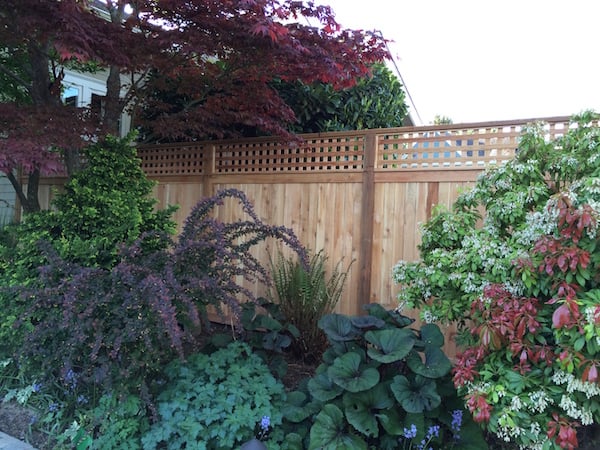
We’ve all heard the phrase, “Good fences make for good neighbors.” It’s true. Respecting boundaries while creating privacy helps to erase most neighborhood conflicts, and it makes the community stronger. However, if you don’t like the look of privacy fences, or if you simply think tall enclosures are too cold and restrictive, you may want to shop around for some alternatives. Picket fences are always quaint, attractive, and more inviting, but they’re also short and don’t offer much privacy. Wrought iron is unique and has an old-world charm, but they can be expensive, dangerous, and don’t offer much protection. Therefore, if you like wood materials and want strong barriers around your yard, you may want to look into lattice fences.
Why a Lattice Fence Makes Sense
They create the best of both worlds. Its slats are tightly woven so very little can penetrate it (including dogs, pests, and wandering eyes) and yet is also allows for sunlight to filter through, creating an airiness to the backyard. So there’s plenty of privacy but less literal separation from your neighbors. Plus, if you live somewhere scenic, it still allows for a view of the surrounding area without leaving you vulnerable to outside threats. However, the main reason homeowners install this specialized fencing is due to their decorative appeal. They add a unique aesthetic charm to your yard since the laths can be used as an impromptu trellis. Intertwine some vines, flowers, or other plant life through the slats in order to create a small retreat around your perimeter.
Lattice Fence Panel: An Ornamental Alternative
If you don’t want your yard surrounded by a network of lathing, but you still want the versatility that lattice fences provide, then you may want to think on a smaller scale. Lattice fence panels are individual sections of fencing that are sold separately. These are very handy since they can be installed in a variety of locations. It can replace a small portion of your preexisting fencing, but most commonly lattice fence panels are used as screens or small partitions. Cover up an unsightly HVAC system or garbage can area. Turn your ugly plastic hose housing into something pretty. Make them landscape features that can also block off your garden from vermin. Or install these well-ventilated dividing walls around your deck or patio to create a secluded oasis away from the spectacle of the street: it creates a screened-in shelter without the claustrophobia. You can even get portable vinyl varieties to take with you on picnics or to help corral the kids.
Ready to start your lattice fence?
Find ProsTopping It Off
If you want a wood-plank 6 foot privacy fence but don’t want a uniform look, you’ll definitely want to invest in a lattice top fence. The surrounding planks will be shorter to create a sturdy barricade, but then a latticed extension is affixed to the top. You have the reliability of solid wood with a decorative flair. Once again, this topper provides some ventilation, a little bit of a view, a small trellis, and makes everything a bit more neighborly. These toppers can be arched, curved, circled, slanted, or picketed, and they can fit atop any fencing design: planks, shadowbox, staggered, etc. Then maybe add a newel post for an accent or a custom door to complete the look.
Custom Costs
Most lattice fence is prefabricated (out of cedar, and sometimes bamboo), therefore it’s typically standardized in terms of price, but it all depends on the project. If you have a cramped space, a special location, or a unique design in mind, it may need to be customized before it’s put up, and therefore the price will also slowly be erected.
However, most homeowners go for paneling (which alleviates the wallet) and all they need to pay for is the professional installation (it’ll still require digging holes, pouring in the posts, and properly aligning the fencing). For lattice top fences, fewer wood planks will be required for the actual fencing, but the custom trellis toppers may make up for the money you saved (therefore it tends to even out in the end). However, cost always centers around size, so before calling a contractor, make sure you measure the dimensions of the intended installation so they can give you an accurate estimate.
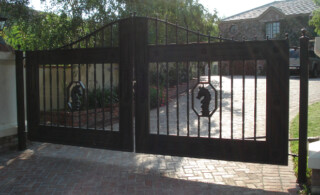 Material Issue: Wood and Metal Gates
Material Issue: Wood and Metal Gates  24 Famous Walls & Fences from Fiction
24 Famous Walls & Fences from Fiction 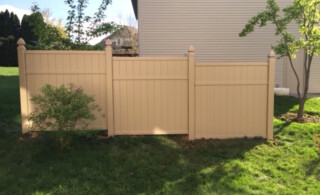 Fence Installation Checklist
Fence Installation Checklist 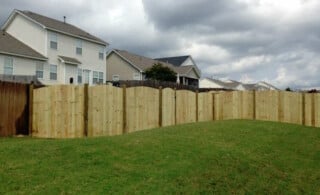 Wood Fence Options
Wood Fence Options 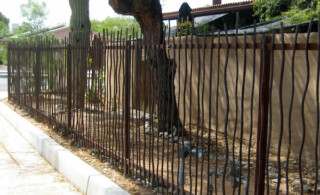 Ornamental Fences
Ornamental Fences 

Are You Familiar With This Topic? Share Your Experience.